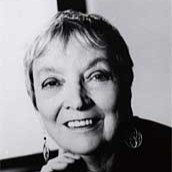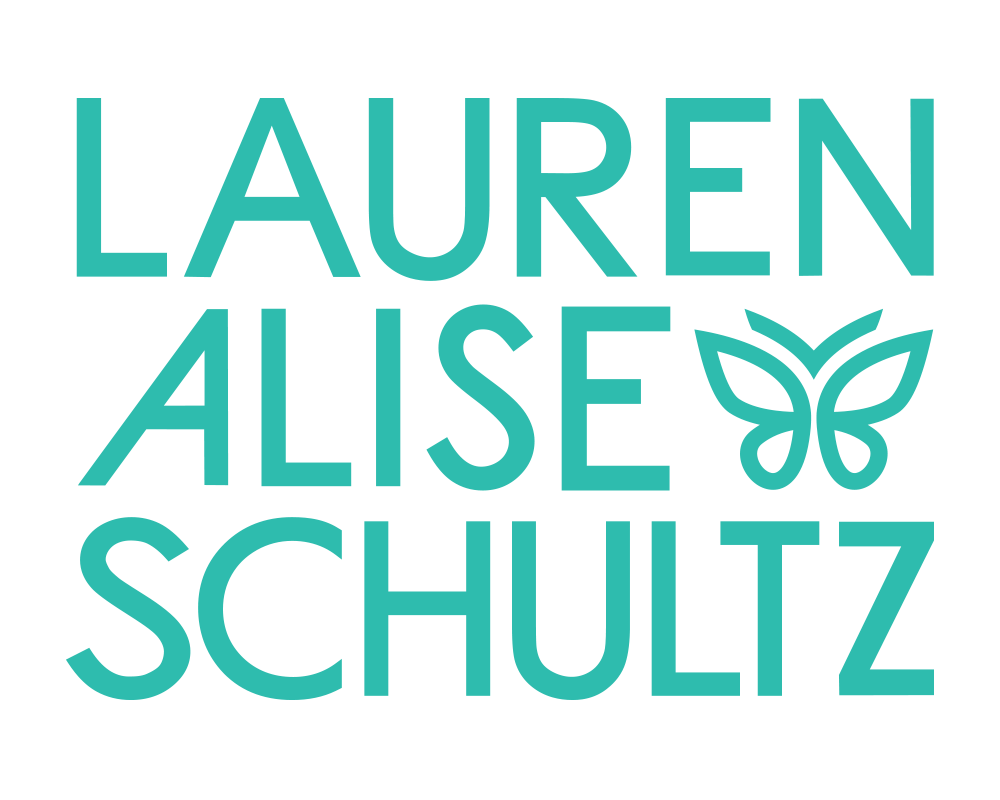A Wrinkle in Time, the first book in Madeline L’Engle’s Time Quintet, begins very much like many other children’s adventure stories: with an unhappy adolescent. Meg Murry feels unattractive with her braces and glasses, her grades are steadily dropping, and she’s getting into fights at school. Her father went away on a business trip and never came back, and now rumors are flying around town that Dr. Murry has deserted his family for another woman – an idea that Meg knows just isn’t true. Dr. Murry is a famous physicist who works for the government and Meg believes that he has disappeared because something awful happened to him while he was performing experiments. With all these concerns weighing on her mind, Meg is entirely miserable, and readers will empathize with how difficult her life has become. One scene from the novel that I particularly appreciate is the confrontation that the stubborn Meg has with her principal; you get the sense that perhaps the man might have good intentions, but that Meg is so used to dealing with people who want to ridicule her that she can no longer accept help or friendship from anyone outside of her family.
Then one day, three magical beings calling themselves Mrs. Whatsit, Mrs. Who, and Mrs. Which arrive to inform Meg and her “gifted” little brother Charles Wallace that their father is alive but in serious danger. There is a mysterious shadow that is taking over different worlds in their enormous universe and Dr. Murry has been imprisoned by this dark force. The three strange messengers have come to transport Meg, Charles Wallace, and their new friend Calvin off on a journey to rescue Meg’s father. After traveling from planet to planet and witnessing for themselves the way that the shadow is advancing upon various worlds, they arrive on the planet Camazotz, unsure of how they can free Dr. Murry but determined to prevent the shadow from swallowing Earth.
To me, the whole scenario seems like a rather blatant religious message. The dark shadow, creeping across the surface of the planet and overtaking the hearts and minds of each person, is an apt depiction of spiritual evil: “Above the clouds which encircled the mountain, [Meg] seemed to see a shadow… she knew that there had never been before or ever would be again, anything that would chill her with a fear that was beyond shuddering, beyond crying or screaming, beyond the possibility of comfort.”
But although several characters make a habit of quoting the Christian Bible, this novel isn’t your run-of-the-mill Christian allegory. Most notably, A Wrinkle in Time does not directly represent God or Christ, the savior of mankind. Throughout such novels as C.S. Lewis’s The Chronicles of Narnia, for example, the lion Aslan symbolizes both God the Father and Jesus Christ at different times, and his help is absolutely necessary for his subjects to conquer the forces of evil. But in A Wrinkle in Time, Mrs. Whatsit and her companions deliver the children to the planet Camazotz but cannot remain there with them. Repeating a typical trope of Children’s Literature, the young Meg, Charles Wallace, and Calvin must act on their own to save Dr. Murry and defeat the monstrous shadow that is consuming the universe. Establishing the child protagonist(s) as independent heroes is a necessary step to empowering the young readers of Children’s Literature, but this function is complicated by the idea that Meg, Charles Wallace, and Calvin are expected to defeat a great spiritual evil without the help of human adults, the magical Mrs. Whatsit, or any incarnation of a god. By placing the responsibility for spiritual warfare on the shoulders of young children, the novel can be seen to suggest that a savior is not necessary for spiritual redemption, and many traditional Christians have rejected L’Engle’s novels because her writings are infused with unorthodox beliefs like these.
The good news is that although the plot of A Wrinkle in Time is infused with these spiritual undertones, some of them a bit heavy-handed for my taste, you do not have to be a religious person to enjoy this novel. This is a pretty universally appealing story, as long as you like Sci-Fi and/or Fantasy. The novel brings together elements of Sci-Fi, Fantasy, travel across space, and spirituality in an entertaining adventure story. And throughout their journey, Meg and her traveling companions encounter several beings who help them to understand their universe in different ways. As with all good Sci-Fi and all good fiction in general, there are some very interesting and insightful moments when the characters have experiences and gain a greater understanding of the world – and in this case, the universe. These are not only insights that they need to complete their rescue mission, but to live more wisely on their own planet once they return home.
A good example is the scene when Meg tries to explain the concept of seeing to some sightless creatures on another planet:
“What is this dark? What is this light? We do not understand. Your father and the boy, Calvin, have asked us [about these things], too. They say that it is night now on our planet, and that they cannot see. They have told us that our atmosphere is what they call opaque, so that the stars are not visible, and then they were surprised that we know stars, that we know their music and the movements of their dance far better than beings like you who spend hours studying them through what you call telescopes. We do not understand what this means, to see.”
“Well, it’s what things look like,” Meg said helplessly.
“We do not know what things look like, as you say,” the beast said. “We know what things are like. It must be a very limiting thing, this seeing.”
What an incredible insight, that seeing could actually limit your perception of a greater truth. And yet it is stated so simply that most young readers can take in the conversation and begin to think about how that idea could be true.
Although I enjoy the insightful elements of the story, I must confess that some of the novel’s events seem contrived to me and the characters are not as well-developed as I would personally prefer. The depiction of the source of monstrous shadow – a bizarre, writhing, seething, out-of-body brain called IT – and the love-conquers-all message are both a bit too much for me to swallow with a straight face. (Not to mention that in my last re-read of the novel, I kept picturing the extremely intelligent and well-spoken five-year-old Charles Wallace as Stewie from Family Guy, which was more than a little bit disquieting.) So, although this childhood favorite is often enchanting, A Wrinkle in Time sometimes falls a little flat for me in comparison to Lewis’s Chronicles of Narnia. My preference for Lewis could also come from the fact that I grew up reading and re-reading Lewis’s series (and watching the BBC films over and over), but didn’t discover L’Engle until I was nearly twenty years old. Nostalgia is a powerful force.
In any case, I can certainly see how and why this novel is a magical experience for many readers. Although it is not one of my absolute favorite books, I would recommend checking it out. I would also recommend the 2018 A Wrinkle in Time film produced by Disney/Whitaker Entertainment, directed by Ava DuVernay, and starring Reese Witherspoon, Mindy Kaling, Chris Pine, and the all-powerful Oprah Winfrey. I think I might actually enjoy the film even more than the novel, since the film manages to capture all the magic, all the adventure, and all the adolescent heartache of L’Engle’s story while downplaying what I find most cheesy and hard to swallow in the novel.



This website was created with a lot of love, Coke Zero, and tacos by Kumquat Creative.